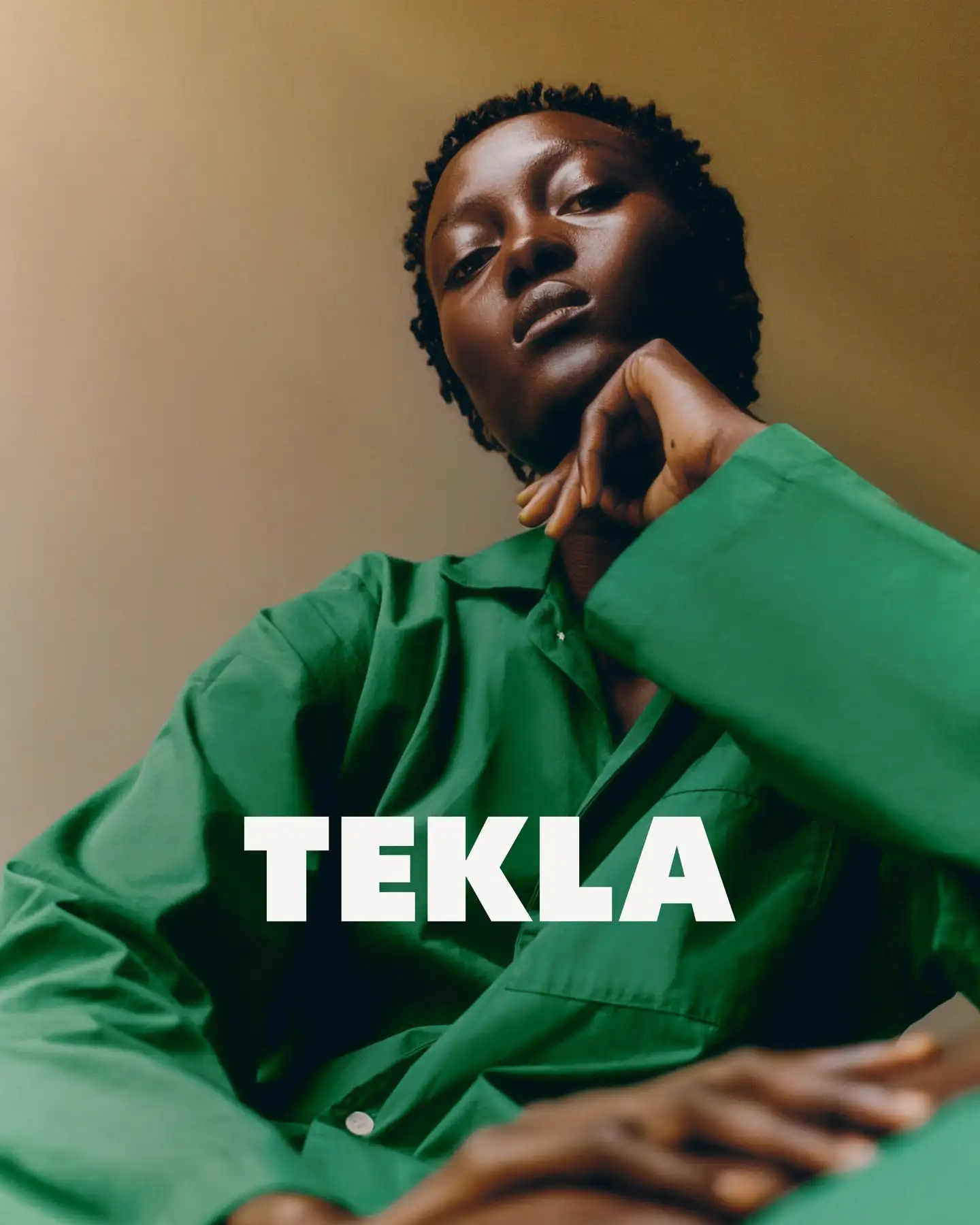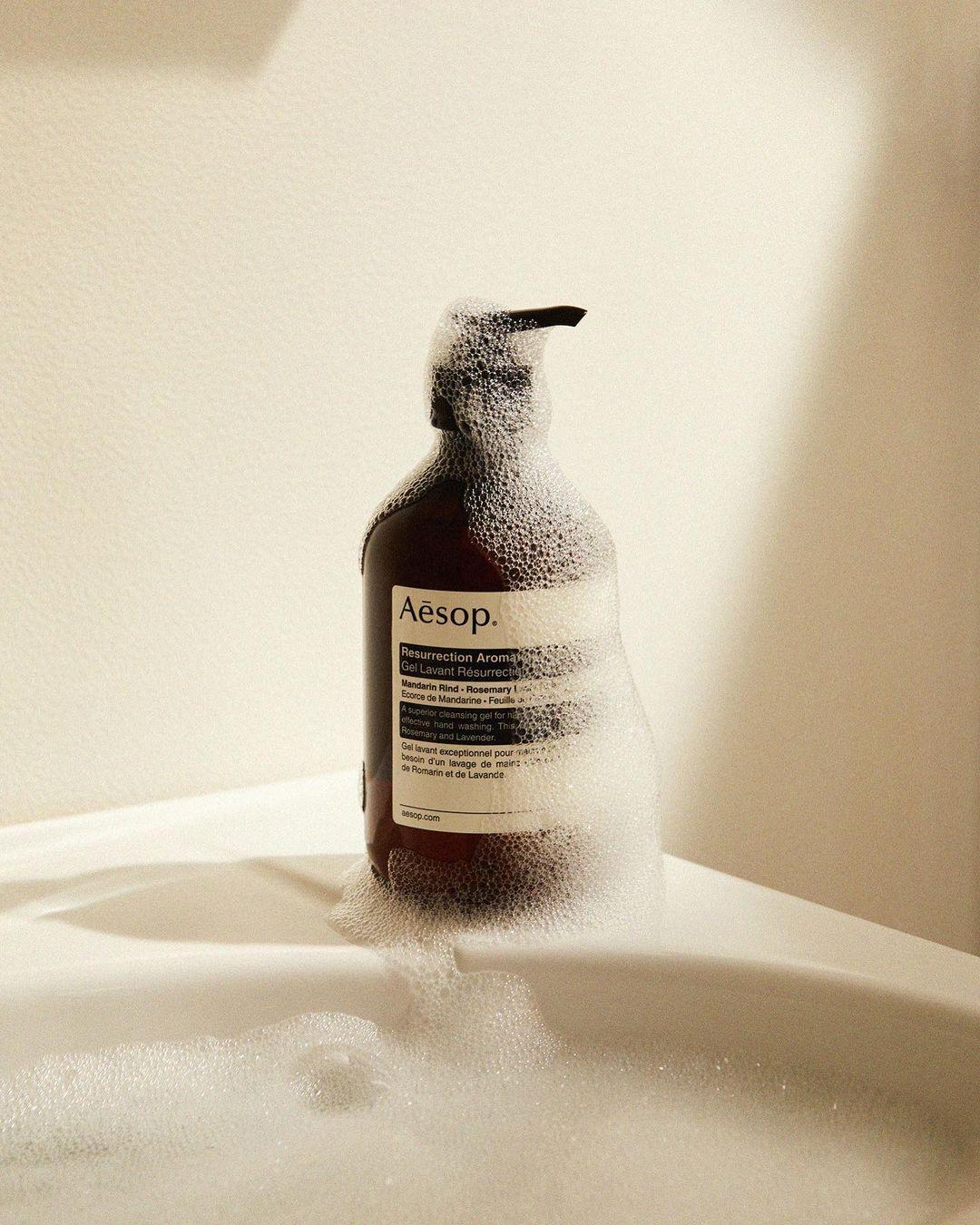Branding
How Tekla Became a Staple in Modern Homes

02.01.24
/
7 min.
by
Amir Hamidi
Share Article
How Tekla Became a Staple in Modern Homes
Tekla, the Danish home textile brand, has quietly become a household name through a combination of thoughtful design, smart marketing, and strategic collaborations. Their minimalist approach to textiles—characterized by clean lines, neutral tones, and a focus on comfort—has resonated deeply with modern consumers seeking both beauty and practicality in their homes. Tekla’s designs feel like a breath of fresh air in an era of visual overload, offering a sense of calm and serenity that transforms everyday living spaces into sanctuaries.
Crafting Desire Through Minimalist Aesthetics and Storytelling
One of the brand’s most powerful tools has been its ability to tell a story through visual platforms like Instagram. Their feeds are a masterclass in aspirational living, where each image not only showcases a product but evokes an entire lifestyle. Tekla has effectively turned their products into objects of desire by aligning them with a sense of quiet luxury and well-being, making their simple bed linens and towels feel essential to a balanced, modern home.
Tekla’s minimalist aesthetic, rooted in neutral tones and clean lines, taps into the growing desire for simplicity in design. With home becoming more central to people’s lives, the brand’s visual approach feels like an invitation to slow down and create spaces that foster relaxation and mindfulness.
Strategic Collaborations That Expand Reach
Collaborations have played a crucial role in Tekla’s growth. Partnering with designers like Jacquemus, Tekla has reached new audiences while reinforcing its minimalist aesthetic. These collaborations aren’t just about creating buzz; they reflect Tekla’s values and bring a sense of exclusivity to the brand, allowing it to expand its influence beyond home textiles and into the broader world of design.
Moreover, Tekla’s collaborations with streetwear giant Stüssy and iconic footwear brand Birkenstock have allowed them to tap into entirely new markets. By aligning with these brands, Tekla has opened itself up to more fashion-forward and youthful audiences who may not have previously considered the brand. These partnerships skillfully bridge the gap between Tekla’s refined aesthetic and the casual, laid-back vibes of both Stüssy and Birkenstock, showing that minimalist design can be versatile and accessible. By working with such respected names in both fashion and lifestyle, Tekla has positioned itself not just as a brand for home textiles but as an influential force in contemporary culture.
Sustainability and Quality That Build Loyalty
At a time when sustainability is becoming a non-negotiable for many consumers, Tekla’s commitment to eco-conscious practices has further cemented their place in the market. Their use of organic cotton and ethical production processes appeals to a growing demographic that values transparency and long-lasting, responsibly made products. Unlike many brands that treat sustainability as a trendy marketing angle, Tekla has seamlessly integrated it into their philosophy, building trust with consumers who care about the origins and impact of the items they purchase.
Tekla’s true strength lies in its commitment to quality over quantity. Their products are designed to be durable and timeless, offering more than just a temporary style fix. This focus on longevity has struck a chord with customers who are increasingly turning away from disposable culture in favor of investing in pieces that will stand the test of time. The emotional connection that Tekla fosters with its products—through their comforting textures and thoughtful design—ensures that customers don’t just buy Tekla; they become loyal advocates of the brand.
Other Articles
More to read


